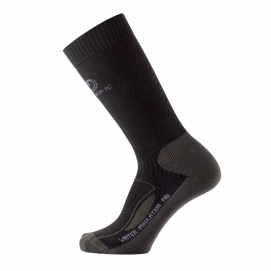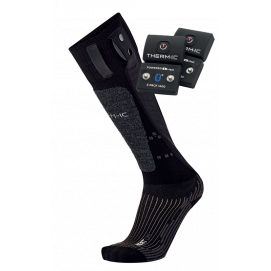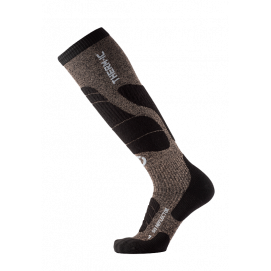 Going on a microadventure! Read more
Going on a microadventure! Read more How to choose the ideal sock for your mountain activity?

Skiing, hiking, snowshoe trekking or exploring... Summer or winter... Whether competing or just for fun... The mountain is an unlimited playground that can be enjoyed on skis, in trainers or on bike, whatever your level, your chosen sport or the season. Nevertheless, there is one common point that links all these outdoor activities: the need for optimal foot comfort to forget about them and concentrate solely on your sensations! Indeed, blisters, black nails, inflammation or, on the contrary, frozen toes are all unpleasant things that can spoil your hike or your skiing day. However, if you choose your boots very carefully, you often forget to apply the same rigour in the selection of your socks. A serious mistake!
At Therm-ic, we have been experts in thermoregulation and mountain sports equipment for more than 20 years. So here's our expert advice on how to choose the right socks for skiing, trail or hiking!
1/ DO NOT UNDERESTIMATE THE IMPORTANCE OF SOCKS
A very common mistake is to choose your ski or hiking boots with the utmost care and then to be much more nonchalant or thrifty when buying socks. No! Foot comfort is not just about choosing the right shoe! It lies in a winning trio: the combination of shoes, insoles and, above all, socks. Because let's not forget, socks are the first ones to come into contact with your skin...
2/ BE AWARE OF THE QUALITIES THAT MAKE A GOOD SOCK
The different characteristics that describe a sports sock are as follows:
- Thermoregulation, through breathability and the ability to manage heat flows.
- Comfort, notably through the material, pleasant or not to the touch.
- The support of the foot.
- The resistance to wear and tear, its durability.
- Its technicality, particularly if you are looking for performance in addition to comfort.
Being aware of these qualities pushes you to be demanding, thoughtful and enlightened at the time of purchase.
3/ ADAPT THE CHARACTERISTICS OF THE SOCK TO YOUR ACTIVITY
Multi-purpose socks, those that claim to be "multi-sport", do exist, but they rarely prove to be a wise option. It's best to have several pairs, each specifically adapted to your sport, your level and the frequency of your activity. Indeed, an occasional hiker will not have the same needs as an enthusiast leading long treks of several weeks at a sustained pace. Another example: a hiking sock will not give you full satisfaction when you put on your skis.
Depending on the activity, your level and your use, several elements related to the sock will be used to guide your purchase:
- The composition, in terms of the materials used.
- The thickness of the knitting and the type of stitch.
- The position of the reinforcements and seams.
- The degree of compression.
- Size and length (mid, low or high).
4/ CHOOSING THE RIGHT SIZE OF SOCKS
Most of the time, you don't have to choose a model with a specific size but from a range of sizes. If you're in the "in-between" sizes, choose the lower range because textiles tend to stretch with time and use. The risk is that it will crease and cause blisters.
5/ DON'T BE MISTAKEN IN THE NEEDED LENGTH OF YOUR SOCKS
To avoid any danger of rubbing, your sock must absolutely rise higher than your shoes. This may seem obvious, but a sock in a ski boot is a very bad idea!
6/ PAY ATTENTION TO THE COMPOSITION OF YOUR SOCKS
Reading the label on your socks is like trying to decipher a text in a foreign language you don't understand. The materials used often refer to complex scientific names, far from being pleasant enough for us to try to understand them. Nevertheless, here are some basic "rules" to adapt the composition of your socks to your activity:
-There are two types of fibres. Each has its advantages and disadvantages.
-Synthetic fibres (polyester, polyamide, elastane...) wick away perspiration easily thanks to their breathability, dry quickly and are more resistant to wear and tear. Nevertheless, they are naturally less comfortable, less antibacterial and have a higher ecological cost.
-Natural fibres (wool, merino wool, cotton...) are renowned for their comfort due to their soft and silky touch; their thermal insulation capacity to conserve heat; and, their naturally antibacterial property which evacuates bad odours. However, their breathability and resistance are known to be less efficient.
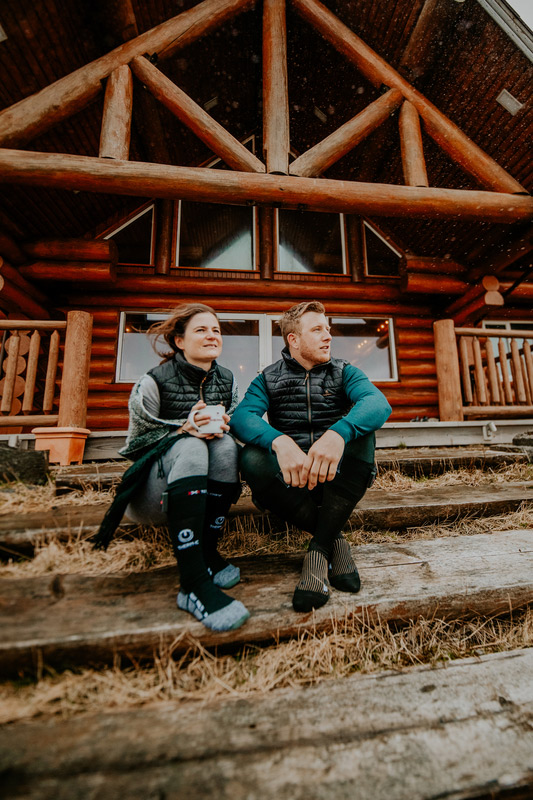
7/ DEFEAT YOUR WORST ENEMY: HUMIDITY
The majority of foot pain in a ski or hiking boot, whether blisters, inflammation in the arch of the foot or the feeling of frozen toes, are the result of one and the same enemy: moisture. Don't try to understand! Once your socks get wet from perspiration, the problems begin. The solution then lies in products with optimal breathability to wick away this perspiration and thus avoid dampness. As experts in thermoregulation, this is where Therm-ic has made its name among outdoor enthusiasts: …
8/ BEWARE OF THE COLD, BUT ALSO OF THE HEAT!
A widely shared prejudice defines a good ski or hiking sock as one that can keep your feet warm in all conditions. Of course, your socks should protect you from the cold, but also from the heat! Indeed, high temperatures generate perspiration which, if not properly evacuated due to the poor breathability of the sock, causes that moisture which brings about blisters or frozen toes in the coming hours!
9/ THICKNESS DOES NOT RHYME WITH WARMTH
A few decades ago, at a time when weaving was still a craft, the composition and thickness of the sock defined its thermal insulation qualities. Today, thanks to numerous technological innovations and in particular the blend of natural and synthetic fibres, socks that are thin, insulating and breathable at the same time exist!
10/ FAVOUR RAPID DRYING
At lunchtime, which divides your skiing day, or once you arrive at the refuge, in the evening, after a long hike, drying your socks should become one of your priorities. Because we can never say it enough: humidity is the worst enemy of the comfort of your feet!
11/ BE VIGILANT WITH REGARD TO REINFORCEMENTS AND SEAMS
Reinforcements, under the heel, under the metatarsals or in the malleoli, are great assets. Nevertheless, they can be very trapping and detrimental if they are badly placed. These comfort pads can become a real thorn in the side of the foot. The same goes for the seams of your socks! The key word here is to be careful not to create excess thickness and to limit the pressure points that could result from blisters.
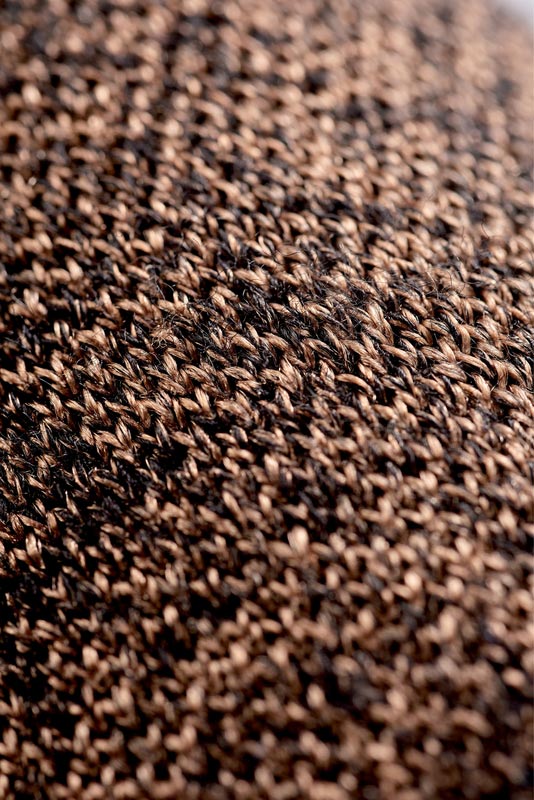
12/ FOCUS ON TECHNOLOGY!
As the sock is a historical object, there is often a tendency to favour grandmother's knitwear over technological products. Don't worry! The two are not incompatible! At Therm-ic, we reconcile this know-how, which we have protected through the ages as a heritage, with a real capacity for innovation. Our new Therm-ic Warm Reflector technology is the result of this combination and ensures excellent air circulation to wick away moisture as well as maximum thermal insulation.
Discover the Warm Reflector range : MEN / WOMEN / UNISEX
13/ DON'T HESITATE ABOUT CHOOSING HEATED SOCKS!
Sometimes disparaged, especially for their durability, efficiency and practicality, heated socks nevertheless appear to be an almost magical solution for all those who suffer from foot pain, especially those related to the cold and damp. The heated socks we develop at Therm-ic are the answer to all these counter-arguments: the material used ensures that the heat flows throughout the entire foot; the batteries and other heating elements, which are completely imperceptible, are forgotten; and finally, the optimised integration of the heating system guarantees them an incomparable lifespan.
Don't hesitate any longer and make your choice of heated socks: Discover our range of heated socks
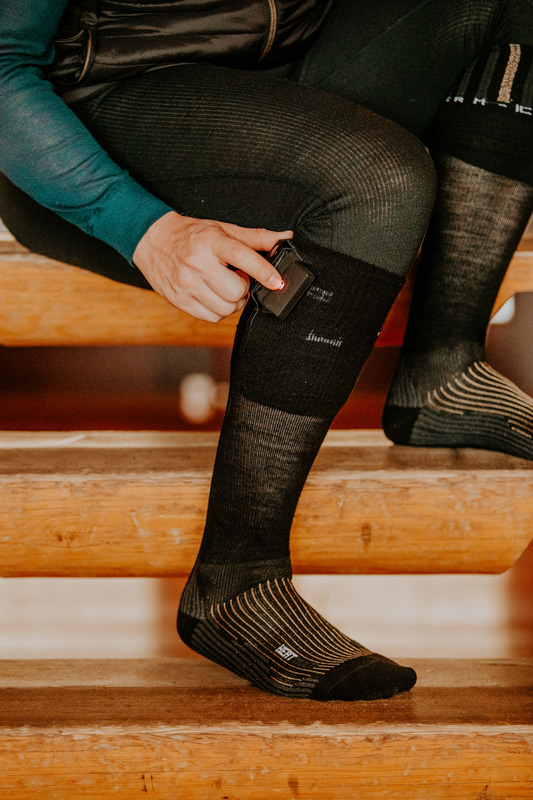
- UP TO 16 HOURS OF HEAT
Pack heated socks + bluetooth batteries
0
Secure payment
3x free of charge
Call us on
+33 9 71 00 10 48


